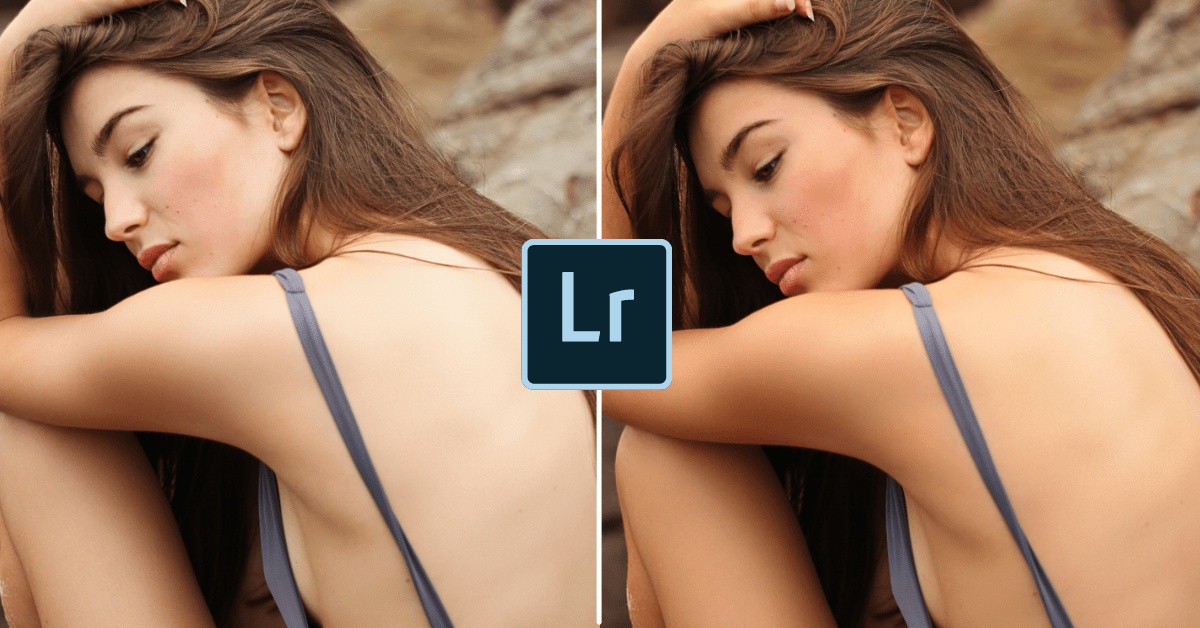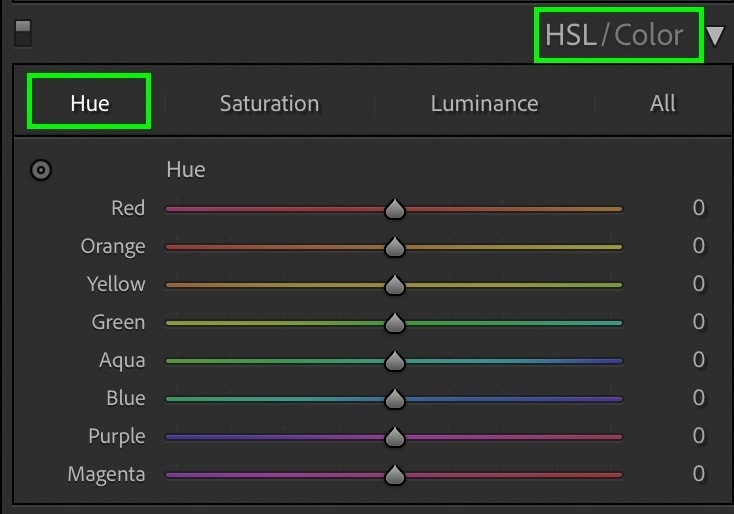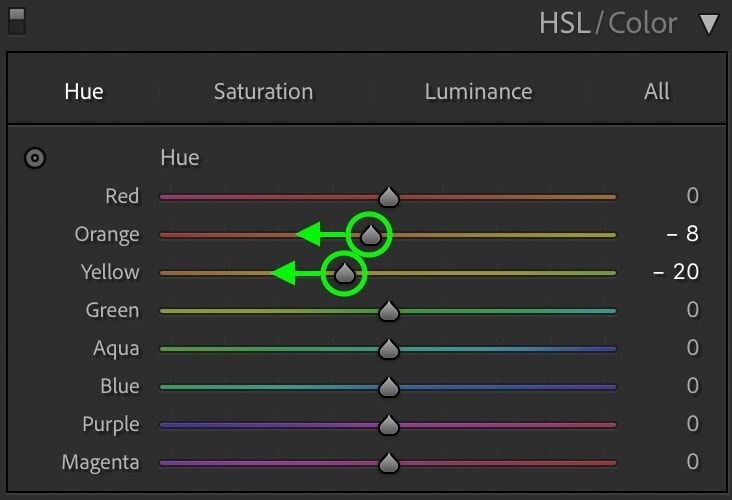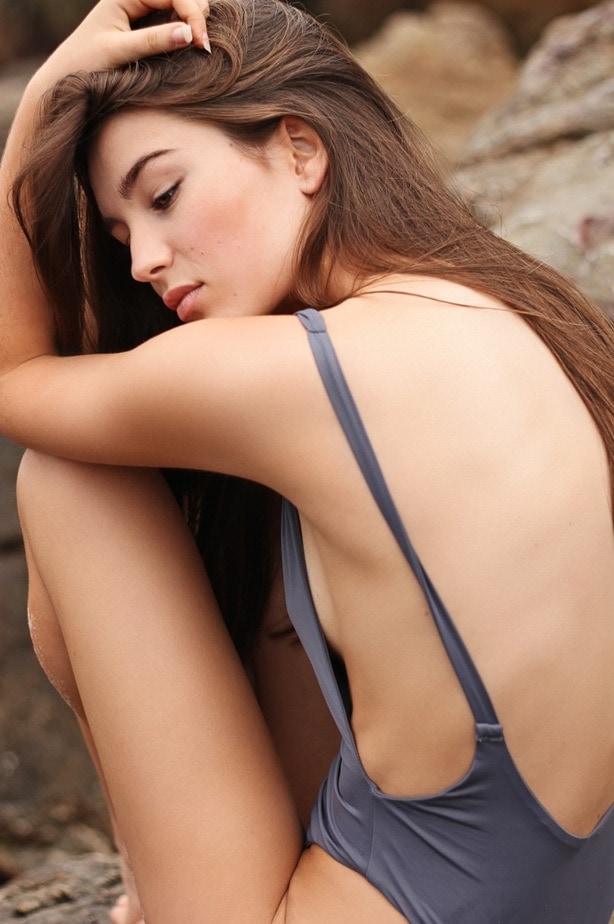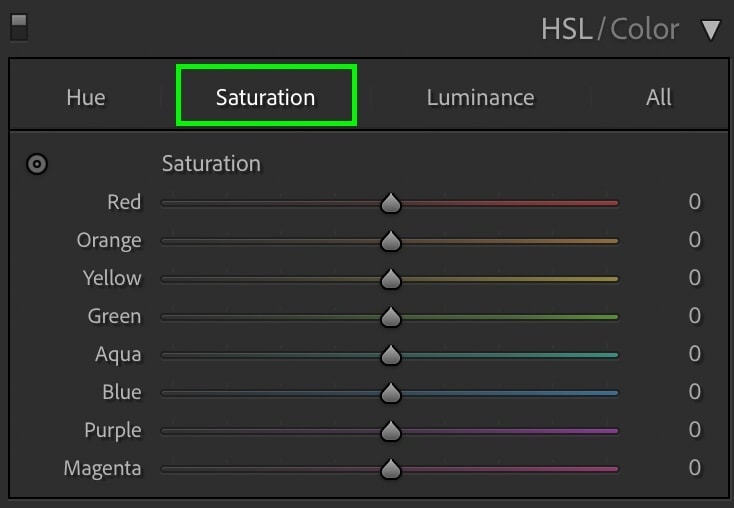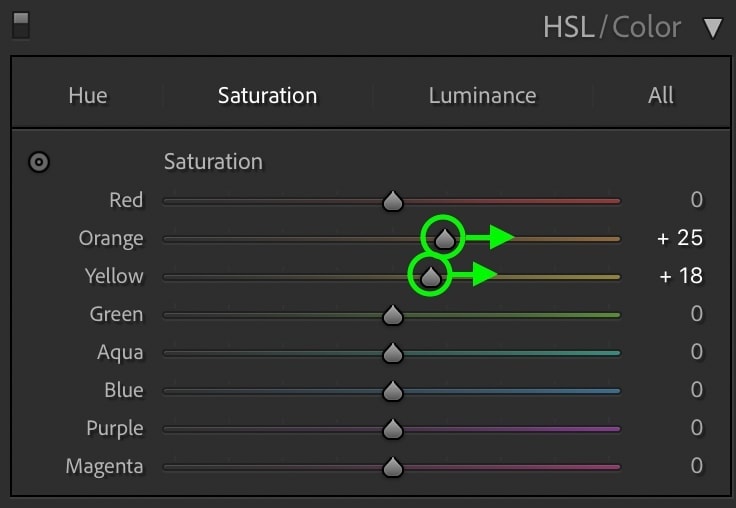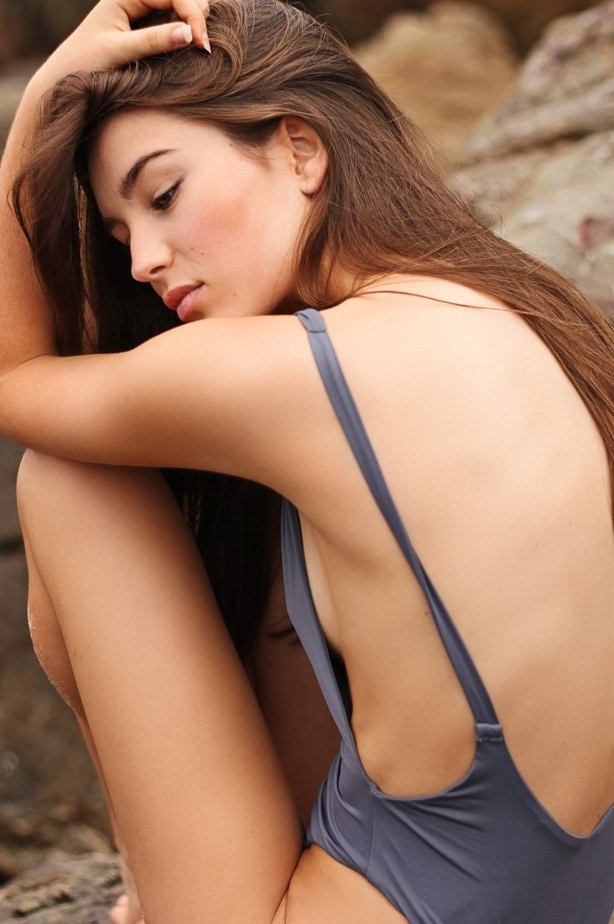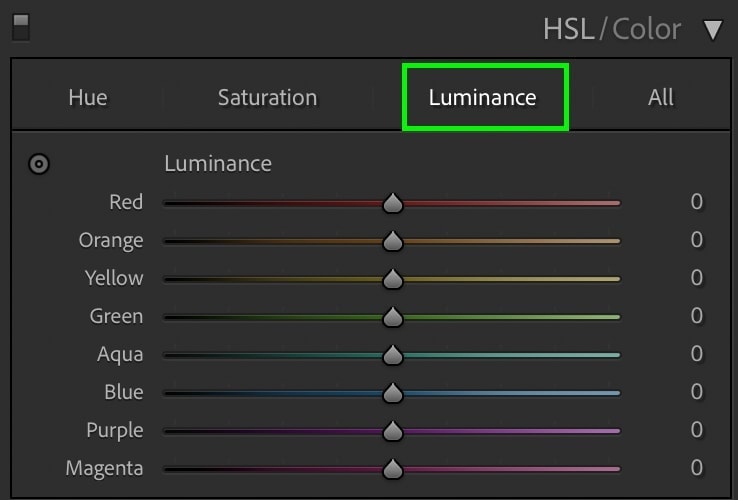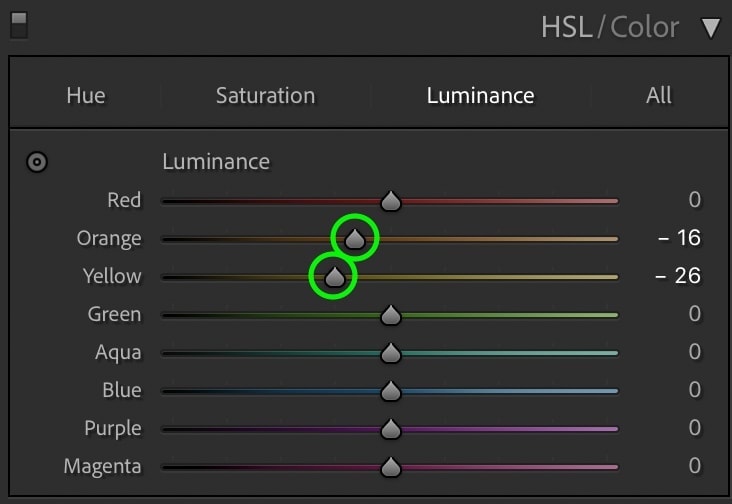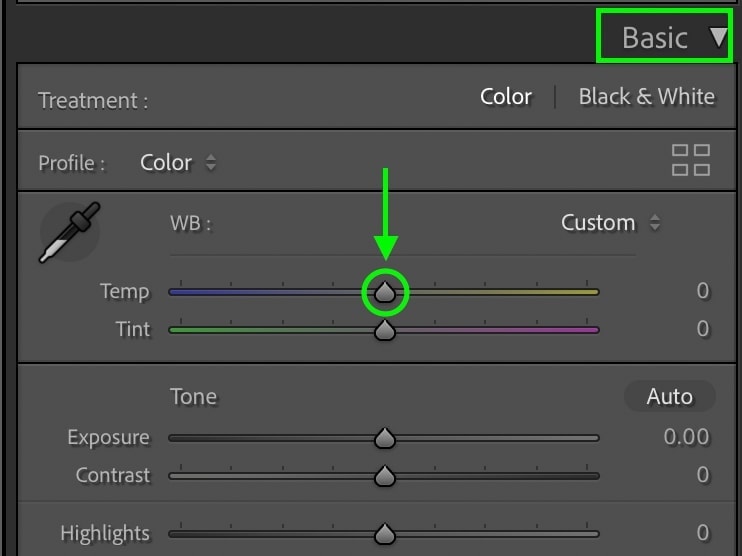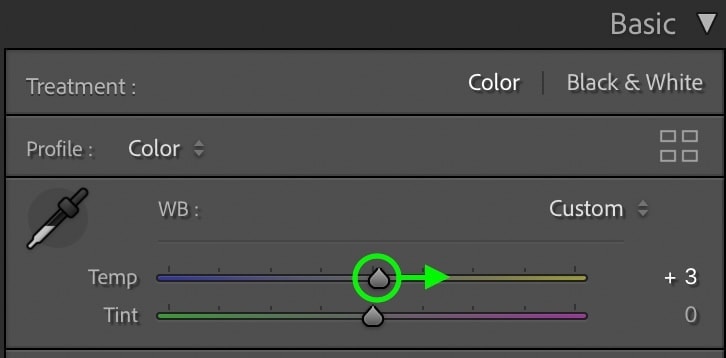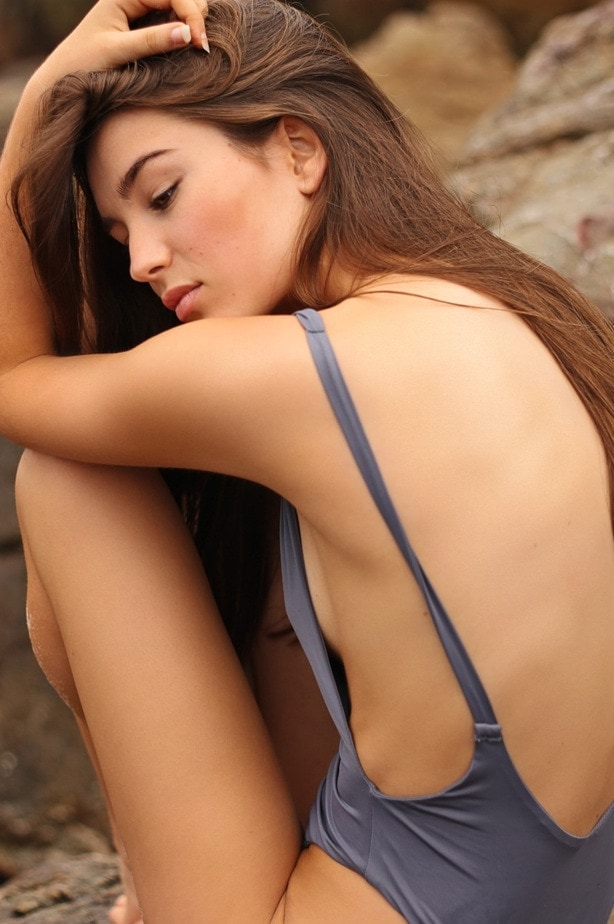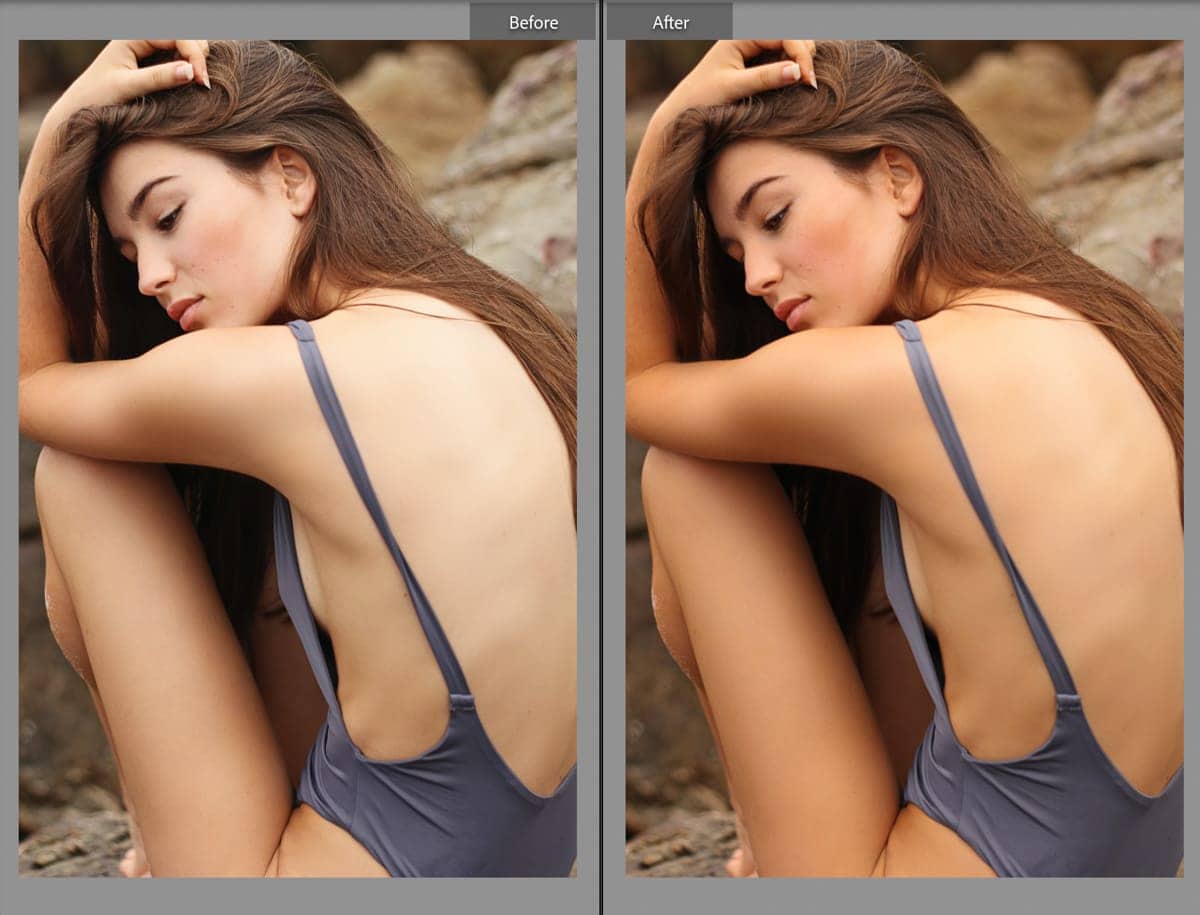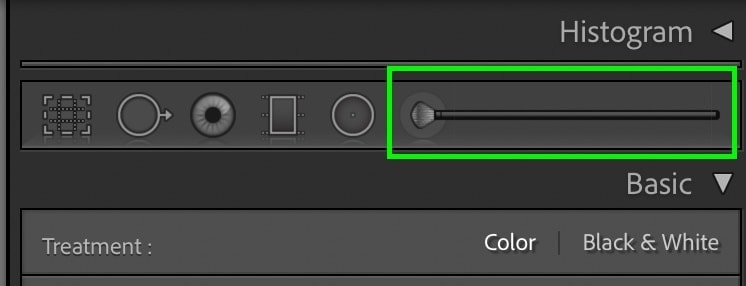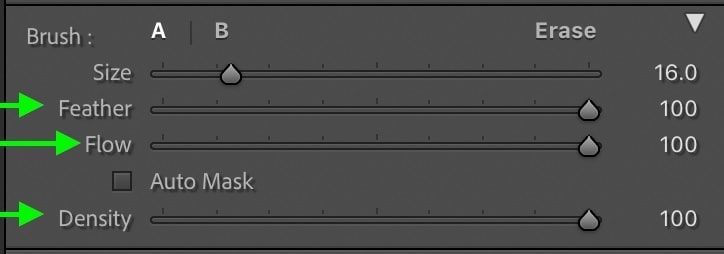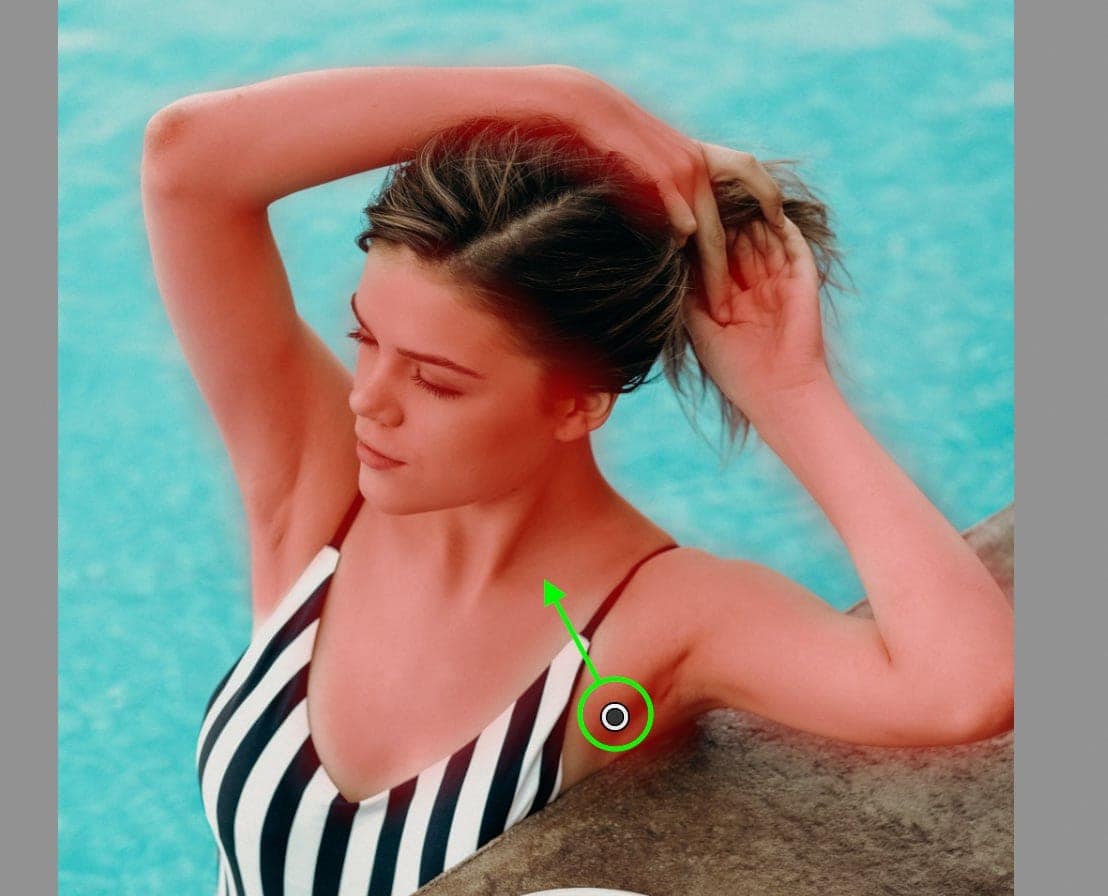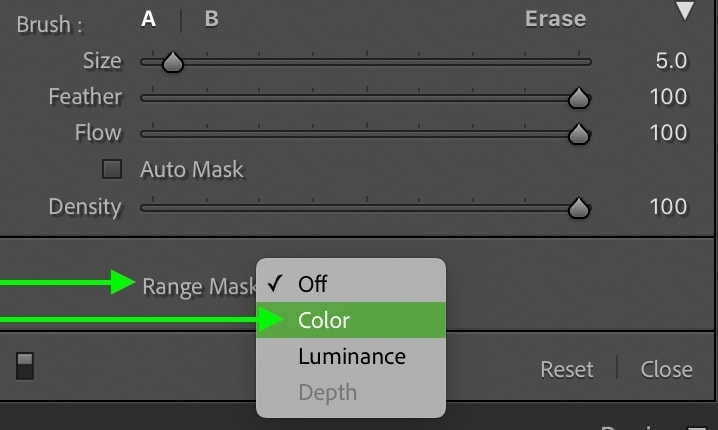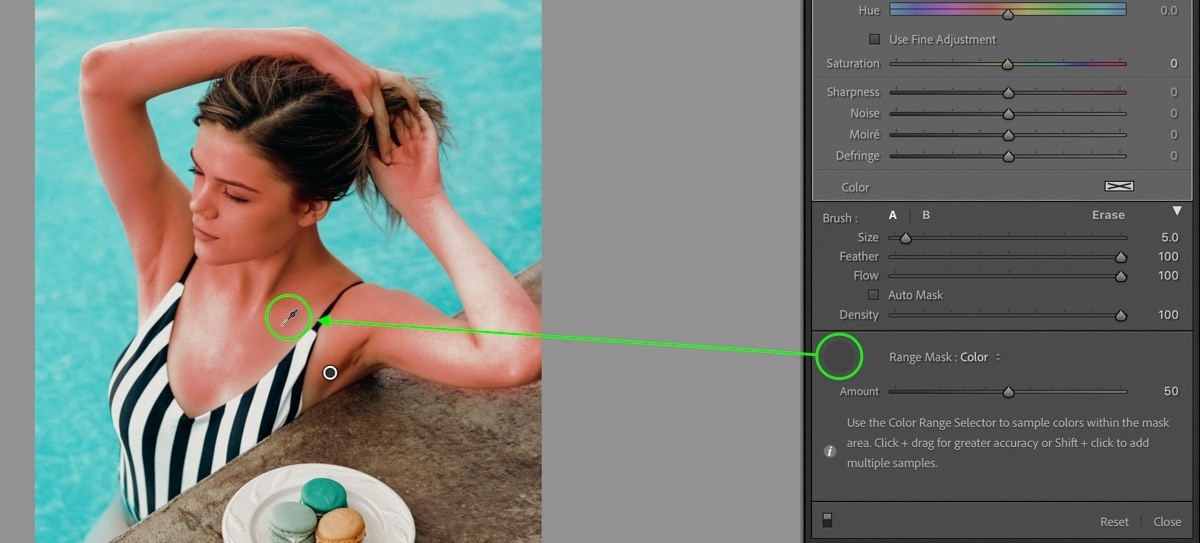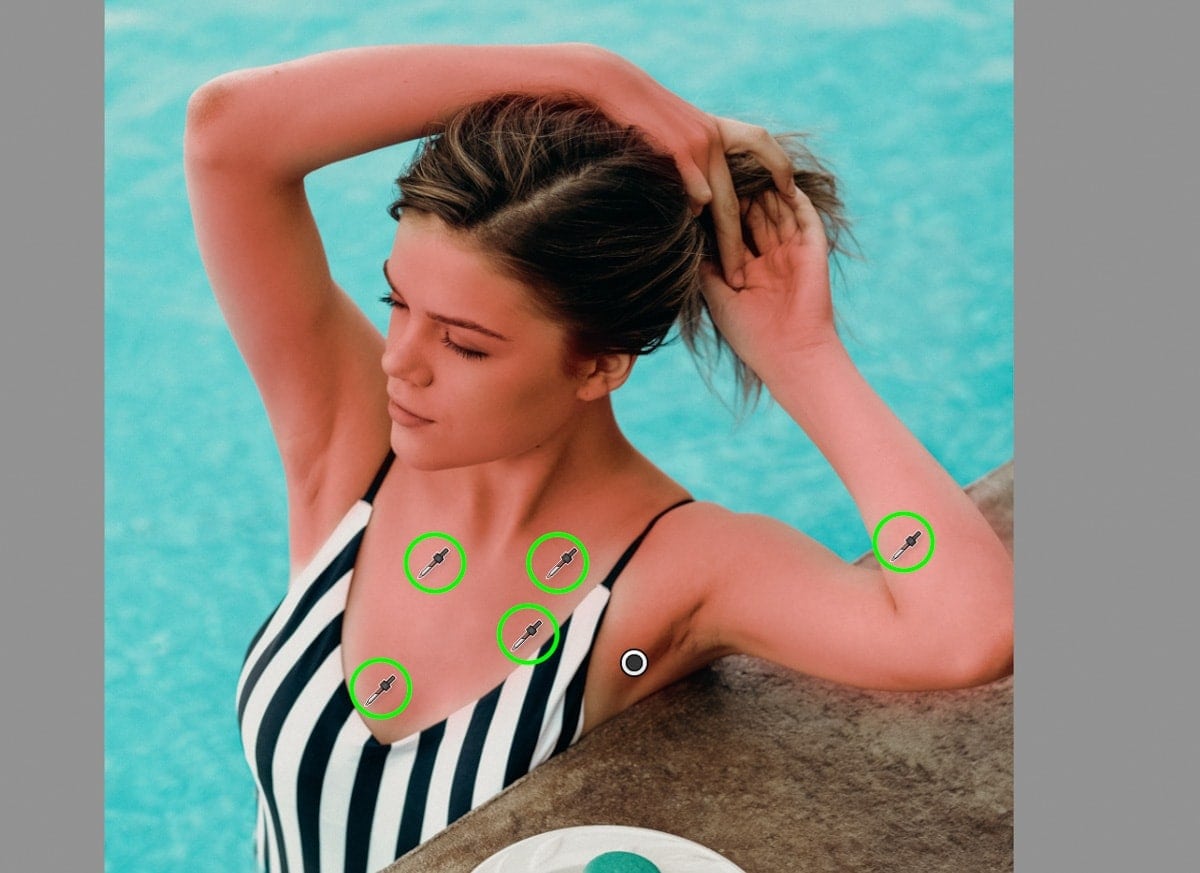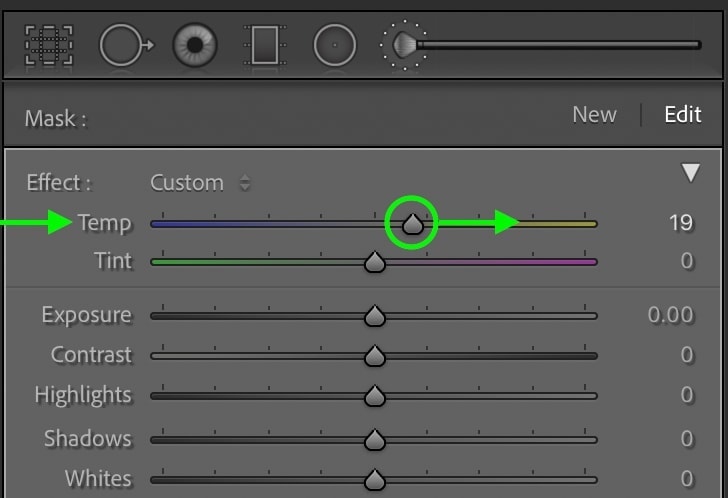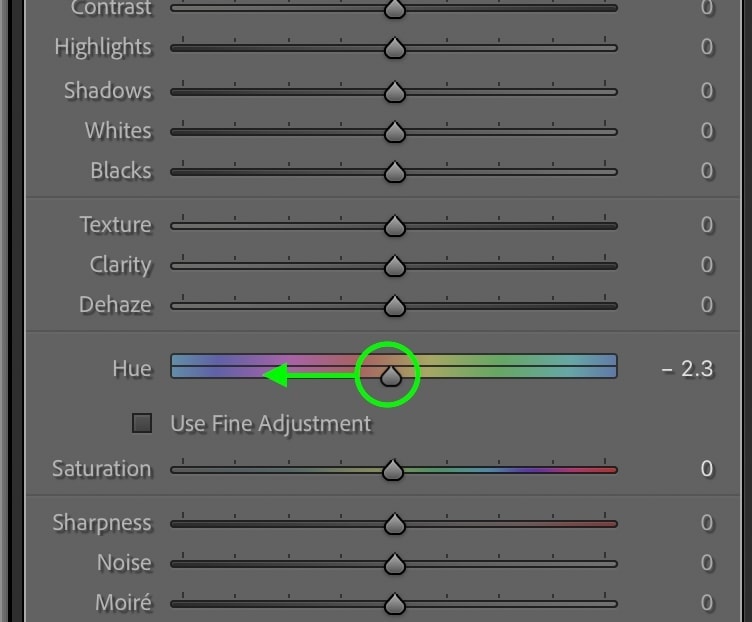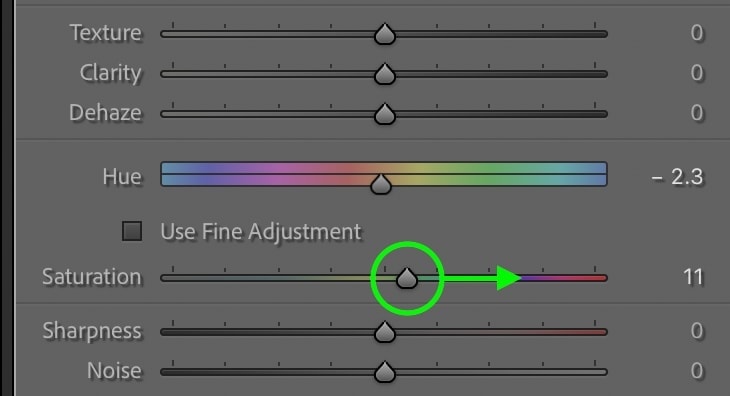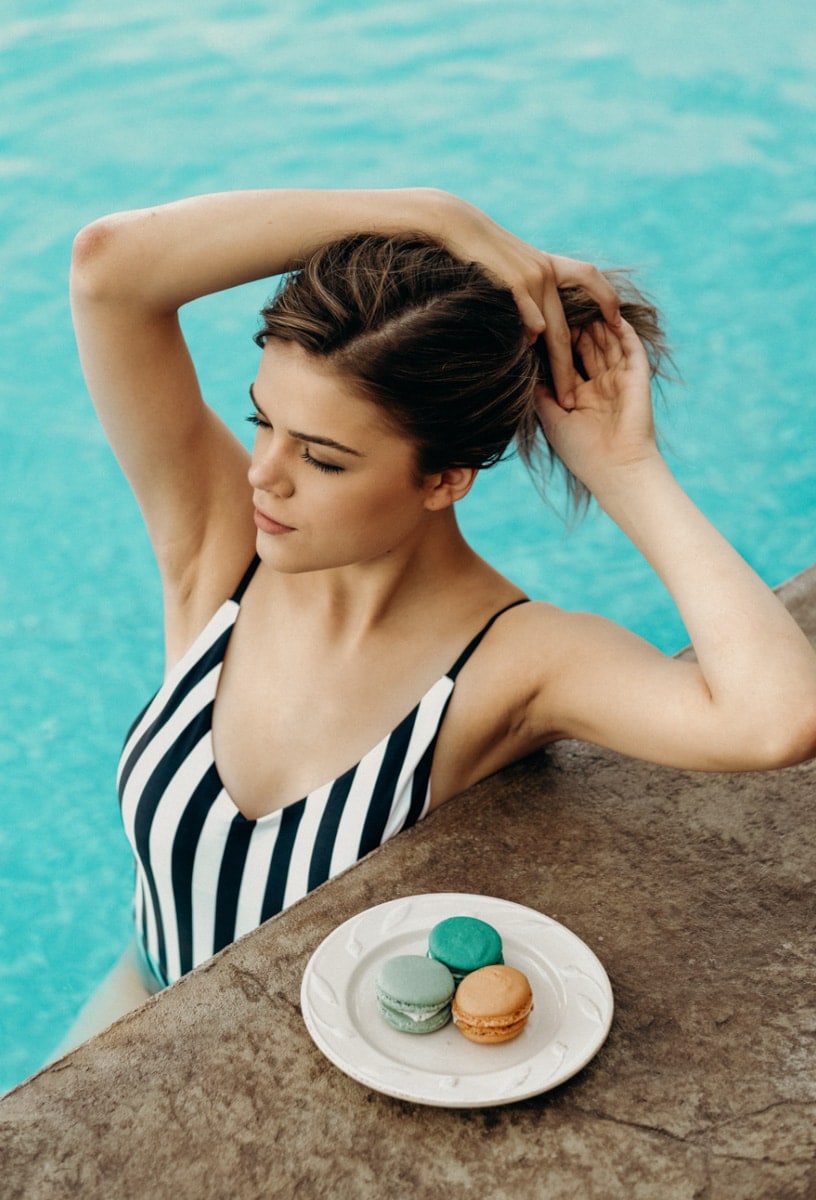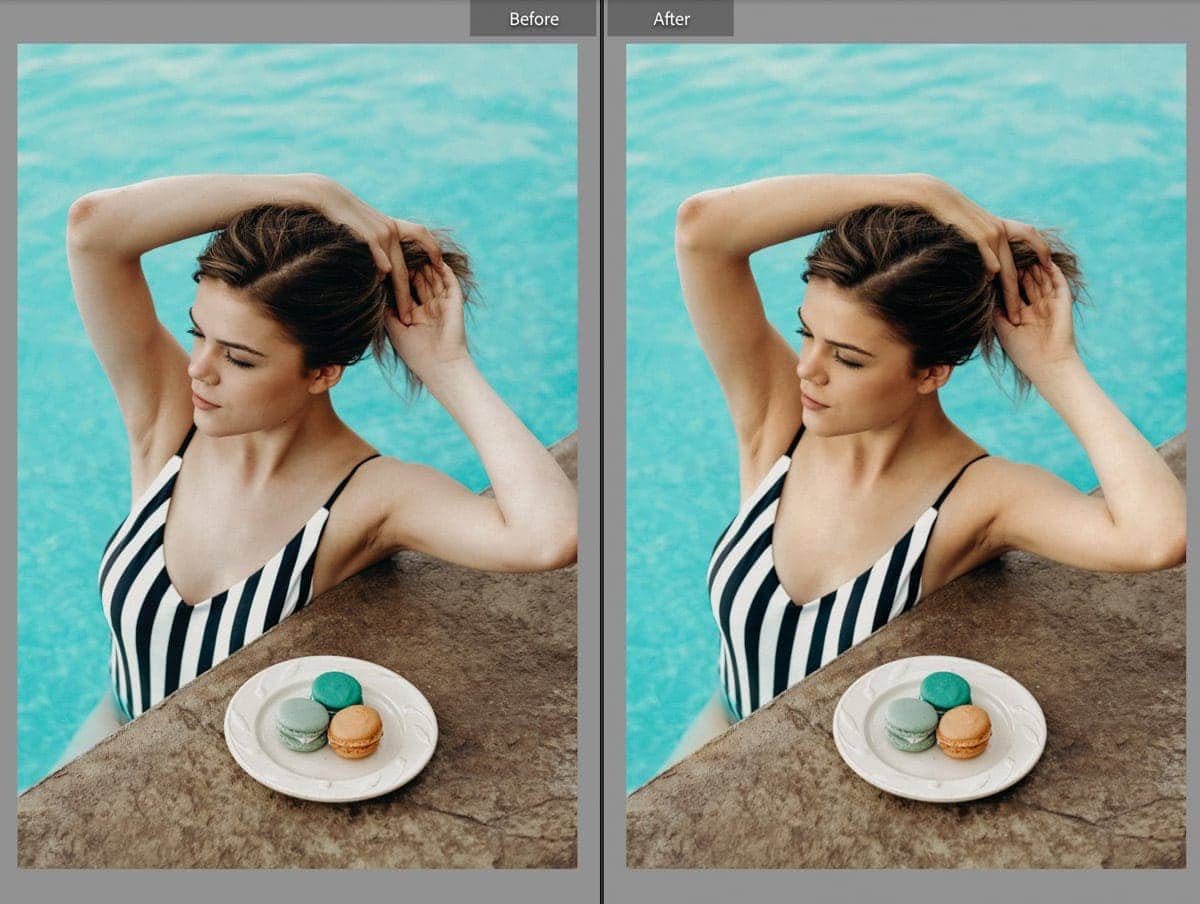How To Make Yourself Look Tan In Lightroom
If you’re like me and suffer from perpetually pale skin, luckily, you can give yourself a tan with the help of Lightroom. Even if it’s the dead of winter and you haven’t seen the sun in a month, you can make it look like your skin has a nice summer’s glow. With the help of a few hue sliders, you can quickly change your skin tone to create a fake tan. As an alternate option, you can also use selective masks to better isolate the tan effect. In this tutorial, you’ll learn both of these methods so you can make any photo look like you just got back from the beach.
To make your skin look tan in Lightroom, go to the HSL panel and decrease the orange and yellow hue value. Next, increase the saturation of the orange and yellow hue sliders to enhance the tan color. To finalize the effect, adjust the orange Luminance value to make the tan look lighter or darker.
To start things off, let’s walk through the most simple way of creating a tan in Lightroom. This first method will use the HSL panel to shift the skin hues to favor a brown look.
Method 1: Creating Tan Skin With The HSL Adjustment In Lightroom
Rather than dealing with masks, this option uses the HSL sliders to get the job done. The advantage of this method is that it’s quick and only takes a few seconds. The downside is that you may end up altering other colors in your photo. Especially if you already have other warmer tones in the image, this won’t offer the best results. So if that sounds like the type of image you’re working with, skip ahead to technique number 2!
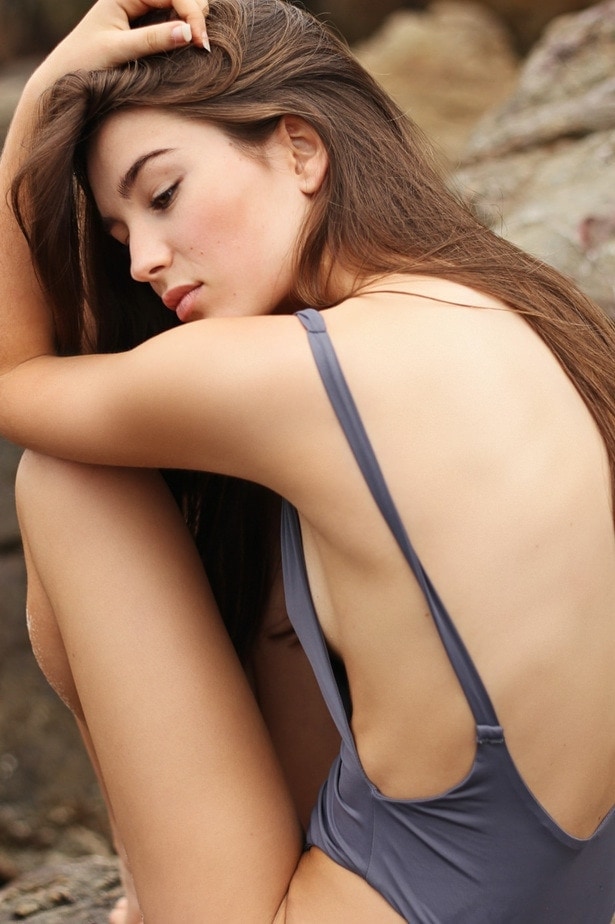
Step 1: Decrease The Orange & Yellow Hue Value
Going down to the HSL Panel within the Develop Module of Lightroom, select the Hue adjustment.
Since skin tones typically fall into the yellow or orange hues, these are the sliders you’ll want to work with. To favor a tan skin tone, you need to make these two hues more red. When applied subtlety, they create a brown appearance rather than the look of a burnt lobster.
Moving each of these sliders to the left, you’ll alter the skin tone and begin to favor this more tan hue. In some cases, the red color hue may work well too if you have a lot of purple tones in your image.
Now you’re left with a slightly warmer skin tone and you have the base adjustments for the tan.
Step 2: Increase The Orange & Yellow Saturation Value
Next up, click on the Saturation adjustment in the HSL panel. Rather than changing the color hue, this setting will alter the richness of the skin tones. In layman’s terms, that means you’re about to get your tan on!
Like with the hue adjustment, you’ll want to focus on the orange and yellow sliders. Increase each of these sliders by moving them to the right until you’re happy with the effects.
If you go too overboard with this, the tan effect won’t look realistic anymore. Subtlety is key!
Step 3: Refine Your Tan Using The Orange Hue Luminance Slider
At this point, your skin is starting to look a lot more tan, but let’s make it look even better. Clicking on the Luminance adjustment, play around with the orange and yellow sliders to see what effects they offer.
Now after changing the hue, saturation, and luminance values of the skin tones, you’re left with a golden tan look in no time.
Step 4: Increase The Photos White Balance (Optional)
To take things one step further, you can help improve the overall tan by changing the white balance of your photo. Scrolling up to the Basic Panel, move the Temp slider to the right to warm up the image.
By adding more yellow hues to the photo, the skin tone will become even more tan-looking than before. If you’re fine with a warmer white balance for your whole photo, then this offers a great optional option to complete this effect.
The Result
Method 2: Using Color Range Masks To Create A Tan In Lightroom
This second option works best if you want to isolate the effects to your skin, and none of the background. With the help of an Adjustment Brush mask, you can tell Lightroom exactly where to apply the effects. This method is my favorite way of making skin look tan in Lightroom, but it does take a little more effort. Here’s how to do it.
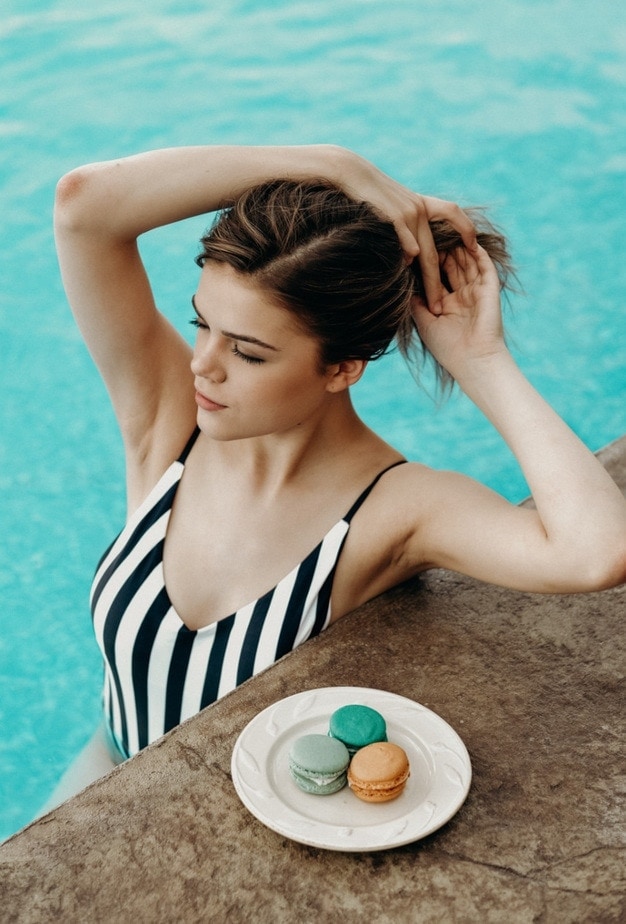
Step 1: Create An Adjustment Brush Mask Over The Skin
Start by selecting the Adjustment Brush and paint over your subject’s skin.
For this example, I’ll set the brush feather, flow, and density to 100%. You can find these settings at the bottom of the spot adjustment window.
Painting over the skin you want to tan, you can press O on your keyboard to view your mask. Anything with a red highlight will be included in the following adjustments. By actually seeing where you’re masking, you can ensure you don’t miss anything.
Step 2: Add A Color Range Mask To Refine The Adjustment Brush
After creating your initial mask with the adjustment brush, it’s likely that there is a lot of spill over the edges of your subject. Luckily you can fix this up with a Color Range Mask.
Beneath the adjustment brush settings, click on the Range Mask option and set it to Color.
Now click on the eyedropper tool that appears and sample a skin tone in your photo.
Since there are likely multiple tones to include, hold the Shift Key and click between different skin colors in your photo. This will create multiple color samples to help improve your mask. Now you’ve quickly selected the highlights, mid-tones, and shadows on your skin to adjust.
To double-check your mask, press O on your keyboard to toggle the mask’s visibility.
Step 3: Warm Up The White Balance
With your selection complete, let’s start tanning. Start by increasing the white balance adjustment to favor a more yellow hue. This is easily done by moving the Temp slider to the right.
Since you’re working with a mask in this example, your adjustment will only be applied to the selected area. Everything outside your mask will remain untouched.
Ah, the beauty of selective adjustments!
Step 4: Change The Selective Hue Adjustment
Clicking on the Hue adjustment, this will add a general hue adjustment to the entire selection. By adding a bit of orangey-red to the skin, you’ll in turn make yourself look more tan.
By moving this slider to the left, you can quickly make this hue adjustment. Depending on your photo and your subject’s skin tones, the exact hue settings to use will vary. Play around with this adjustment until you’re happy with the result.
Step 5: Boost The Saturation Slider
Lastly, increase the saturation slider to help make the tan effect more noticeable.
Now you’re left with more tan skin, this time with selective adjustments!
The Result
So those are two different ways to make your skin look tan in Lightroom. With the help of the HSL sliders, this effect can be done very quickly and really help to enhance skin tones. The only problem, however, is that the HSL adjustment affects the entire image. If you have any similar hues in the background as you do your skin, it doesn’t create the most desirable effect.
Luckily, you can work around this with the help of an adjustment brush and a color range mask. The adjustment brush applies a selective adjustment, while the range mask allows you to refine the mask to only show over your skin. That way when it comes time to create a tan, you can go wild without the worry of your background changing colors too.
The one you choose to use will all depend on the photo you’re working with. I love using the second method since I can be extremely precise with the adjustments. If you aren’t sure which to use, experiment with both and see which you like best.
If you’re ready to learn how to stylize your photo even further, check out this tutorial on editing brown earthy tones in Lightroom!
Happy editing,
Brendan 🙂
